PDF-NOTES FOR TEACHERS Ideas in this study guide are intended as starting points for a cross
Author : conchita-marotz | Published Date : 2014-11-17
The guide is divided up into a series of worksheets with activities The activities seek to complement and extend the pleasure the children will have derived from
Presentation Embed Code
Download Presentation
Download Presentation The PPT/PDF document "NOTES FOR TEACHERS Ideas in this study g..." is the property of its rightful owner. Permission is granted to download and print the materials on this website for personal, non-commercial use only, and to display it on your personal computer provided you do not modify the materials and that you retain all copyright notices contained in the materials. By downloading content from our website, you accept the terms of this agreement.
NOTES FOR TEACHERS Ideas in this study guide are intended as starting points for a cross: Transcript
Download Rules Of Document
"NOTES FOR TEACHERS Ideas in this study guide are intended as starting points for a cross"The content belongs to its owner. You may download and print it for personal use, without modification, and keep all copyright notices. By downloading, you agree to these terms.
Related Documents

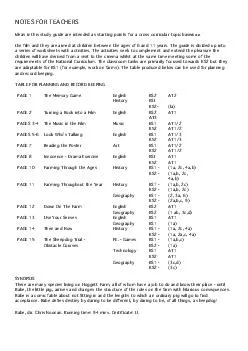

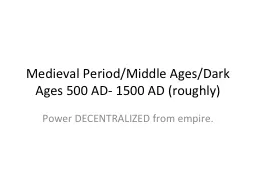
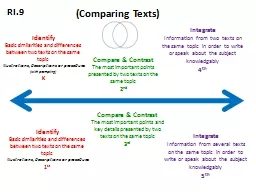
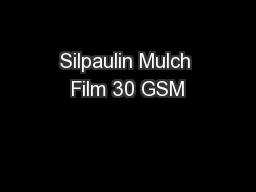
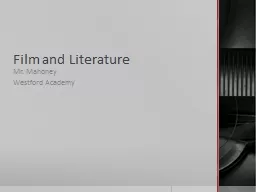
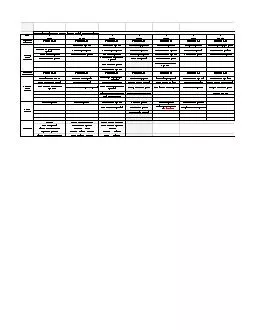
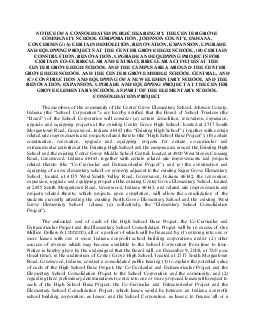
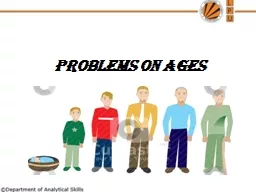
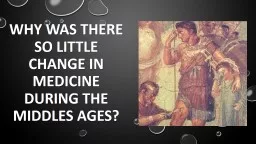
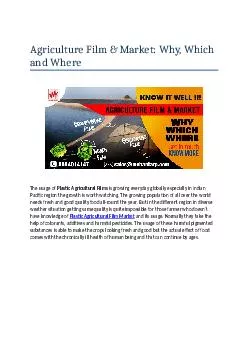
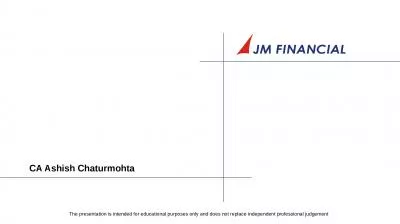
![[PDF READ ONLINE] Starting Off Right in Law School (Starting Off Right Series)](https://thumbs.docslides.com/1020243/pdf-read-online-starting-off-right-in-law-school-starting-off-right-series.jpg)
